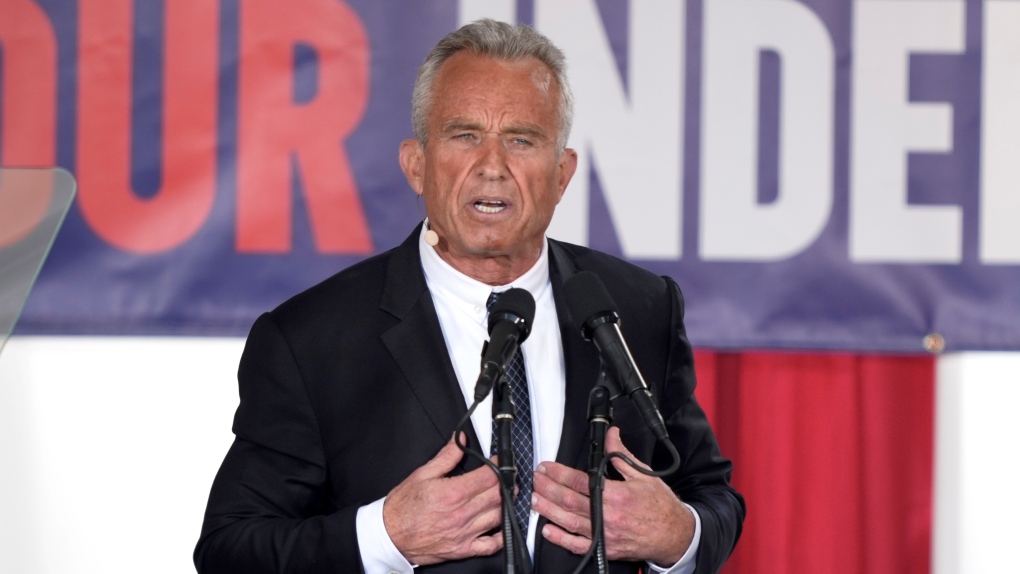Bhandari also says: “FY25 is going to be a very interesting pivot year in which the government takes a backseat but the central bank takes a step forward. Our sense is RBI is going to use the more nimble parts of their policy tool which is liquidity. They tightened liquidity substantially over the last 12 months, our sense is they are going to ease liquidity and just by easing liquidity, they can de facto give something that feels like a rate cut of about 40 to 50 basis points.”
We have had fairly buoyant tax revenues this time around. What do you think are the numbers that the government is going to project when it comes to the fiscal deficit?
Pranjul Bhandari: The government is going to be very focussed on the fiscal consolidation path. Remember, it wants to go from 5.9% of GDP fiscal deficit in FY24 to 4.5% in FY26, which means that the midway year, which is FY25, should be around 5.3% and I think that is going to be the real target around which all the math of the fiscal will be done.
Now, the government has been extremely lucky. Tax revenues have been far higher than what they have been projecting. Tax buoyancy in FY24, last 12 months, was budgeted to be one, but it turned out to be 1.6, so there was a lot of extra money which the government could play around with and our sense is that it is going to remain north of one even in FY25. Our sense is that tax revenues will grow at a higher clip than nominal GDP growth even in FY25, providing enough money to be able to bring down the fiscal deficit without being a big drag on India’s growth.
While it is a vote in account, it being an election year, the February 1st budget this time around will also set the tone for other state budgets which are going to eventually follow. You think there is any micro announcement that one can expect?
Pranjul Bhandari: Well, a couple of things. One, it is very important to take a step back and see what really drove growth in FY24. It was a lot of government capex that drove growth, but it is not just central government capex. In fact, I would argue that central government capex grew by about 20-22%. The real growth in terms of capex came from state governments, which grew about 45% year-on-year.
So, states have been a big contributor to India’s GDP growth in the last year and our sense is that in the next year both the central and the state government growth could be a little slower because the centre has to bring down the fiscal deficit and the states have sort of hit their ceiling. They are not allowed to borrow too much money beyond 3% of GDP target. So, our sense is that both centre and state are going to see softer growth rates in expenditure over the next 12 months.
What are your thoughts here? Do you think capex will slow down till the new government is formed and again get back to capex announcements? Do you think the drag is going to be limited or will it have a material impact?
Pranjul Bhandari: As we pointed out before as well, we think both state and central government capex is going to grow at a slower clip in FY25. Now, both of them were very high in FY24 and actually that was a blessing in disguise. There was no private sector capex take off that we had expected earlier, so that did not really happen. But what instead happened was that there was construction-led demand wages for rural Indians.
A lot of rural Indians who were disappointed because it was an El Nino year and their production was weak, their wages were weak, were able to get alternate employment in the construction sector. And if we track the remittances from urban to rural India, that really took off over the last 12 months and that basically gave some cushion to rural incomes and that is why today we are not in a position of a big rural distress that a lot of people had feared. So, the government capex helped in more ways than one, but in the next 12 months, we have to become very careful because this kind of support may not be there. In fact, when we calculate our fiscal impulse and we account for better quality spending, now that the government is doing far more capex, for the first time since FY19 we think in FY25 there will be a drag on the economy, the fiscal impulse will turn negative. Now is this all bad for growth? Maybe not, because our sense is that if fiscal is taking a step back, we are expecting monetary policy to take a step forward and we think the central bank will be able to keep much more looser monetary conditions over the next 12 months than it has done over the last one year and that instead could become the support to growth.
So, FY25 is going to be a very interesting pivot year in which the government takes a backseat but the central bank takes a step forward. Now, how will the central bank do this? Our sense is that it would not be in any hurry to cut the repo rate, the global environment remains far too sort of uncertain, the Red Sea issues, there are elections across the world, our sense is they are going to use the more nimble parts of their policy tool which is liquidity.
They tightened liquidity substantially over the last 12 months, our sense is they are going to ease liquidity and to be very honest, just by easing liquidity they can actually de facto give you a rate cut, something that feels like a rate cut of about 40 to 50 basis points.
In fact, just going by the actions of the central bank, last week they have increased the amount of liquidity they are ready to give in 14-day repo window and 2-day repo window and I think actions like that will continue and overall monetary easing will be the way ahead over the next 12 months.
What we have seen in this current fiscal is the urbanization of the Indian consumer and the economy per se, whereas the rural end has been marred and has been suffering and seen de-growth. Could this interim budget have some specific announcement to bump up the rural end of the economy?
Pranjul Bhandari: Well, the one thing that we have not yet been able to do are the farm laws. I think to really bump up the rural economy at a time when climate change is leading to things like more volatile rains, we need far more reforms and not just like one or two programmes here and there that bring some temporary help. This is a multi-year agenda to really help out the rural economy at a time when there are so many climate change events happening.
But having said that, while the predominant occupation in rural India is agriculture and cropping, the second most important occupation is construction. And here there is some good news. Construction is doing very well in urban India. A lot of it has been state-sponsored for the last couple of years with the central government and state government doing a lot of topics but also, housing, real estate taking off after the pandemic.
My sense is this construction-led activity has given an alternate source of income to rural India. And all of these things come in cycles. I think we are on the upward side of a new financial cycle and things like credit growth, housing prices, construction activity, you know, they all move in cycles. Once you are on the upward side of a cycle, it can last about two to three years if you are prudent with your policies. And we are thankfully there right now. That is why today, even though crop production was weak for rural India, they did get help from the construction sector because a lot of them work there.
This is something which I think the government does acknowledge. And a lot of the government programmes will be focused on that to some extent. I agree that maybe we can get something to keep the housing part alive, MSME part alive, and maybe higher PM Kisan cash transfers. These are all small contributors. But the big theme will be that construction will be supportive of rural incomes over the next couple of years.







